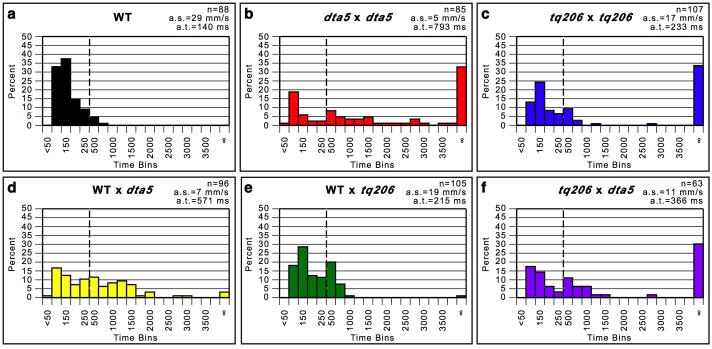Figure 4. accdta5 is a semi-dominant allele of acc.
Time-trial assays of various crosses are shown. Crosses involving mutants consist of mating heterozygous adults since homozygotes do not survive to adulthood. All larvae were assayed at 48hpf. The total number of larvae and average swimming times are indicated. The calculation of swimming times and depiction of time bins are identical to Figure 2. (a) Wild-type (WT) larvae swim quickly, with nearly all (99%) swimming 4mm in less than 500ms. (b) Crosses between accdta5 heterozygous adults yield larvae that swim with wild-type swim times, those that swim slowly, and those that do not swim at all. The WT and accdta5 crosses shown here are different populations than those in Figure 2 and illustrate the consistent results obtained using this assay. The differences in the average times between this and Figure 2 are not statistically significant. (c) Crosses between acctq206 heterozygotes produce larvae that swim quickly, few that swim slowly, and larvae that do not swim. (d) Crosses between wild-type and accdta5 heterozygotes yield populations that swim with wild-type times and those that swim slowly, illustrating the semi-dominant effect. (e) Crosses between wild-type and acctq206 heterozygotes reveal larvae that swim like wild-type and those that swim slightly slower, indicating a subtle semi-dominant effect. (f) Crosses between acctq206 and accdta5 show a failure to complement, which demonstrates that they are allelic to each other.

